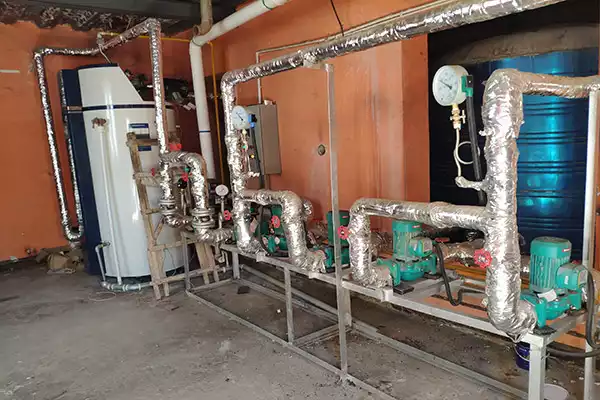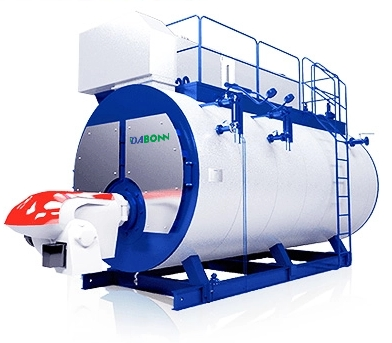
Introduction
It’s not difficult to turn on a boiler, but there are some safety precautions you need to know. This guide will walk you through the process of turning on your boiler and making sure that everything is safe for use.
Step 1: Check the power switch.
The first thing you’ll want to do is check the power switch. If it’s off, turn it on. If it’s already on and you still don’t have hot water, then there may be a problem with your boiler itself or its controls.
If your boiler has an electronic control board (ECB), flip through its menu until you find an option called “power” or “switch“. And see if that works, or if there isn’t one at all. If there are several different settings for “on/off,” try switching between them to see if any make a difference in how quickly your hot water comes out of the faucet.
Step 2: Turn the gas supply on and open the cover.
Secondly. To turn the gas supply on, you will need to go to your boiler and press a button. The button is usually located near where you would normally open the cover of your boiler.
When you have pressed this button, there should be some sort of indicator light or sound that lets you know that it has been turned on successfully. If this doesn’t happen straight away, try pressing again until you get an indication from your boiler that it has been turned on successfully.
Step 3: Once you have turned all your devices on, check for leaks.
Third. Once you have turned all your devices on, check for leaks. Check for gas leaks by smelling the air around your boiler. If it smells like gas, turn off the main switch and contact a professional plumber immediately.
Check for water leaks by looking at the floor or ceiling of your home and seeing if any water is dripping down from them. If there is any moisture coming from these areas call a plumber immediately as this could lead to further damage if not fixed quickly enough!
You can also check under your floorboards by putting an empty glass under each radiator in order to see if any steam comes out when it first starts up (or after some time has passed).
Step 4: Check the pressure gauge.
Fourth. You should also check the pressure gauge to ensure it is not reading too high. If this reading is too high (more than 150 psi) then it means that there is too much steam inside of it. Turn off your boiler immediately and call a plumber.
Step 5: Check all fittings are tight and secure.
Fifth. Check all fittings are tight and secure.
- Ensure that the water inlet valve is closed, as to prevent damage to the pump.
- Make sure the pump is working properly and there’s no air trapped in it, which would stop it from working efficiently or at all!
- Check that the gas valve is open (this will be indicated by a red light). As this will allow gas to flow through into your boiler for it to ignite and heat up properly.
- Check that your hot water cylinder isn’t blocked up with sediment or lime scale. This could lead to overheating or leakages from it if left unchecked long enough!
- It’s important that the flue pipe is clear at all times to ensure that no dangerous fumes can escape from your boiler into your home.
Step 6: Set the time and temperature to suit you.
Sixth. Set the time and temperature to suit you.
- How to set the time: Press [Time] until the current hour appears on the screen, then press [OK]. The next step is to enter minutes by pressing [Minute] or [Max Min]. If you want to go back, use [Back]. Once done with setting up your day’s schedule, press [Save] to store it in memory or choose another option from the menu.
- How to set temperature: Press the “up” or “down” buttons during the heating operation until you reach desired temperature level (Fan Only mode). You can also set fan speed using the same method as above but by pressing the “high/low” button instead of the temperature button. (Note: if there is no response after pressing the up/down buttons within 8 seconds then just wait until the system recognizes input before continuing)
Step 7: Turn on the boiler.
Finally. You can turn on your boiler by pressing a button or turning a dial. The easiest way to do this is by pressing the start button on your control panel. If you have an old-fashioned manual boiler, then you will need to open up its door and pull out some levers to start it up.
Conclusion
We hope this guide has helped you to understand the process of how to turn on a boiler. If there is anything else that we can help with, please contact us and we will do our best!
Get your best price
Quickly compare 3 FREE quotes
- Engineer quick quote
- The overall delivery speed is fast
- Financial choice
- Low installation costs and cost savings
25 years+ of boiler R&D
More than 20 innovative technologies
